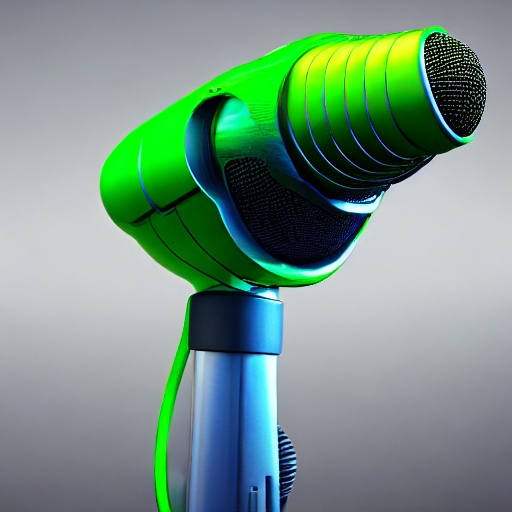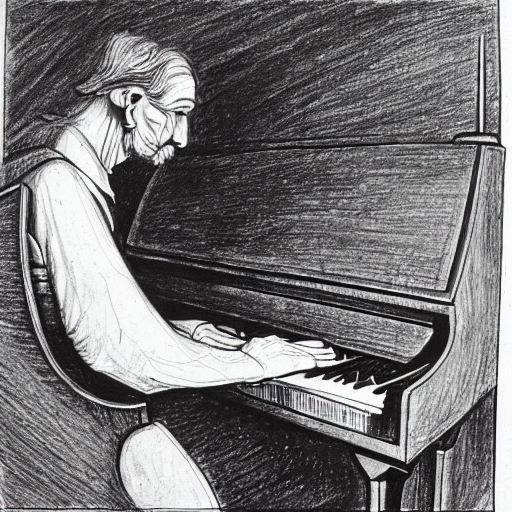
The History and Impact of Microphones on Sound Recording
The invention of the microphone revolutionized the way sound is captured and transmitted. Before the microphone, sound could only be recorded acoustically, using a horn-shaped device to amplify the sound waves. The invention of the microphone made it possible to capture sound electronically, leading to significant advancements in the fields of communication, entertainment, and science.
The First Practical Microphone: Emile Berliner's Carbon Button Design
The first practical microphone was invented in the late 1800s by Emile Berliner, a German-American inventor. Berliner's design used a carbon button to amplify sound waves, making it possible to record and transmit sound over long distances. This design was used in early telephones and phonographs, paving the way for modern communication and entertainment technologies.
Advancements in Microphone Technology: The Vacuum Tube and Ribbon Microphones
In the early 1900s, the vacuum tube was invented, leading to significant improvements in microphone technology. The vacuum tube allowed for higher amplification and better signal-to-noise ratios, making it possible to capture sound with greater clarity and detail. The ribbon microphone, which uses a thin metal ribbon to capture sound waves, was also invented during this time, providing a warmer and more natural sound than the earlier carbon microphones.
Dynamic and Condenser Microphones: Improving Sound Quality in the 1940s and 1950s
In the 1940s and 1950s, the development of the dynamic and condenser microphones further improved the quality of sound recording. Dynamic microphones, which use a moving coil to capture sound waves, became popular for their durability and ability to handle high sound pressure levels. Condenser microphones, which use a charged diaphragm to capture sound waves, provided greater sensitivity and a more detailed sound.
Modern Microphone Developments: USB Microphones and Microphone Arrays
In recent years, advancements in digital technology have led to the development of new types of microphones, including the USB microphone and the microphone array. USB microphones allow for easy connection to computers and other digital devices, while microphone arrays use multiple microphones to capture sound from multiple directions, providing more immersive and natural sound.
The Importance of Understanding the History of Microphones for Recording Engineers
the history of microphones is a story of innovation and technological advancement. From the early carbon microphones to the modern USB microphone, each new development has led to improvements in sound quality and made it possible to capture sound in new and exciting ways. By understanding this history and staying up-to-date with the latest advancements, recording engineers can continue to push the boundaries of what's possible in music recording and production.

The Phonograph: A Historical Look
Early phonographs, also known as gramophones, used a mechanical recording process to capture sound. A recording horn was attached to a diaphragm, which would vibrate in response to sound waves. These vibrations would then be transferred to a cutting stylus, which etched the sound waves onto a rotating wax cylinder or disc.
However, the early phonographs had limitations in their ability to capture sound, and singers often had to shout or sing loudly into the recording horn to produce a strong enough signal for the stylus to cut the groove onto the wax cylinder or disc. This process was not only strenuous for the singer, but it also resulted in a distorted and unnatural sound quality.
To improve the sound quality of phonograph recordings, inventors began to experiment with different materials for the recording media and different methods for amplifying the sound. Emile Berliner, the inventor of the first practical microphone, was also responsible for the invention of the flat disc record. This new design allowed for better sound quality and longer recording times than the earlier cylindrical records.
Additionally, inventors began to use electric amplification to capture and reproduce sound, eliminating the need for singers to shout into recording horns. The invention of the vacuum tube in the early 1900s made it possible to amplify the weak electrical signal produced by the early microphones, resulting in clearer and more natural sound recordings.
The early phonographs required singers to yell into recording horns to produce a strong enough signal for the stylus to cut the groove onto the wax cylinder or disc. However, advancements in recording technology, including the invention of the flat disc record and electric amplification, made it possible to capture sound more accurately and naturally, leading to significant improvements in the quality of recorded music.

Want more great audio tips? Checkout other articles from our blog!